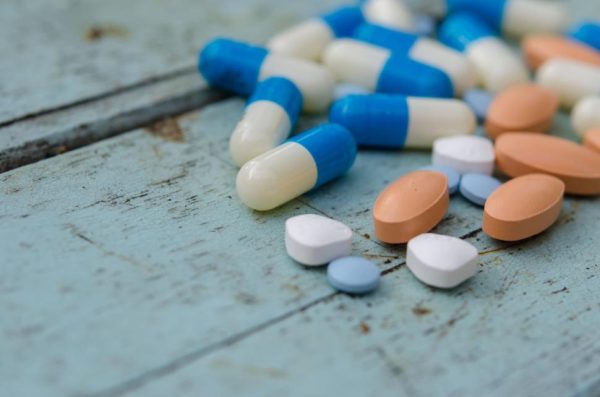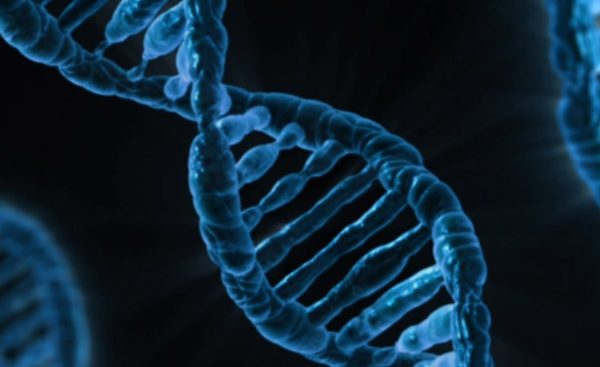Prolonged Soreness? Probably Not Lactic Acid
“Jeremy, we’re going hiking today!”
“Awww…. Alright.”
Your mom, who disapproves of your lack of outdoor activities, decides that the family will be going on a hike today. While you trudge to your closet in search of a decent pair of shoes, your mom comes walking in with a map of Rancho San Antonio. Her eyes glaze over the surface of the map, and she eventually decides on the PG&E-Wildcat-Coyote Trail; a grueling, 8.5 mile hike of excessive uphill, downhill, and panting. Despite your complaints, your mom stays unwavering.
Five hours later, you’re finally back! Sure, maybe you have huge sweat stains seeping through your sweater, and maybe an empty can or two of coca cola besides you, but overall you’re feeling pretty good about yourself. Dinner is served, you take a shower, and before you know it, you’re in bed.
The next day, however, is a complete nightmare. The moment you wake up, you feel a jolt of pain running across your arms, legs, chest and stomach. You try to push yourself off the bed, but you end up rolling off the ledge. You might be concerned for a second or two, but you feel reassured after a moment of thinking.
“What did the biology teacher say about muscle soreness? Oh yeah, lactic acid. That’s good, right? I’m gonna get me some big guns!”
Alas, that is probably not what’s causing the pain in your muscles. Until recently, most people believed that muscle fatigue is caused by a build-up of lactic acid and hydrogen cations. This fact still stands true today, but only to an extent. Muscle fatigue caused by lactic acid should only last an hour or two at most. Prolonged muscle soreness, especially ones you feel a day or two after an intense workout, has been revealed to be caused by microfractures in the muscle cells themselves. This condition, known as DOMS (delayed onset muscle soreness), is commonly experienced by people who undergo unusually high levels of strenuous activities. DOMS is believed to be induced by ultrastructural vibrations of the myofilaments, which are chains of protein that make up a muscle fiber cell. This disruption can lead to bleeding in certain segments of the muscle fibers, and the microtrauma in the tissue is thought to be the cause of pain.
Is DOMS a good sign of muscle growth? To an extent, damage in the muscle cells can lead to muscle hypertrophy, or growth, but naturally, there is a point of diminishing returns. Prolonged, excessive muscle strain is a known cause of rhabdomyolysis, which results in the death of muscle fibers and release of their contents into the bloodstream. The myoglobin in muscle fibers can leak into the urine, which may cause renal (kidney) failure.
In short, our goal is to build muscle without incurring any major drawback. Moderate exercise is good. Strenuous exercise is good to an extent. A marathon? Probably not. Humans have not evolved to be long-distance runners; our bodies are not used to handling such a feat. So, just as a general precaution: take it easy out there.





